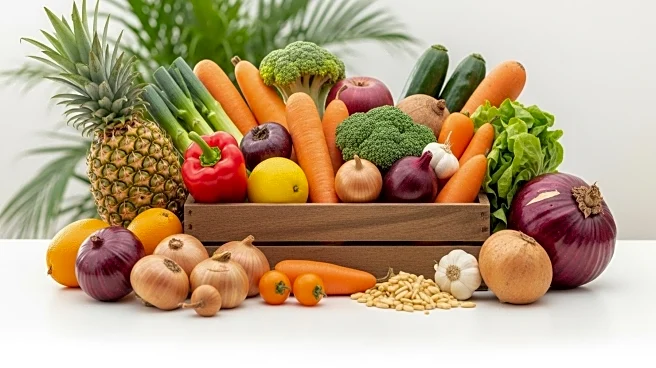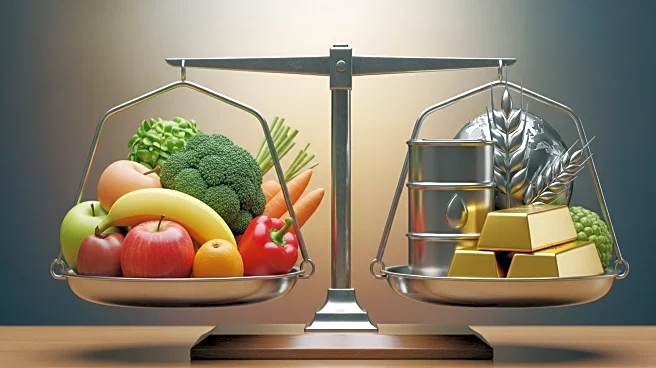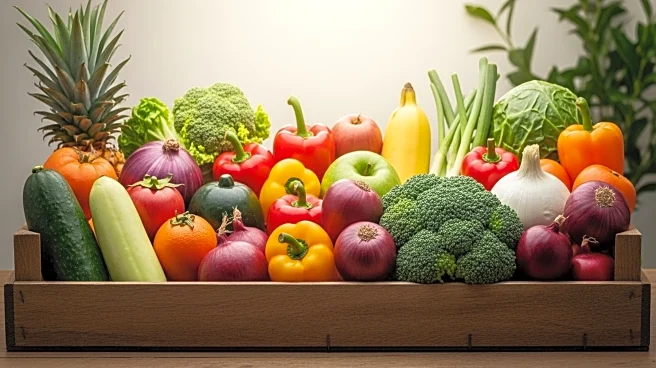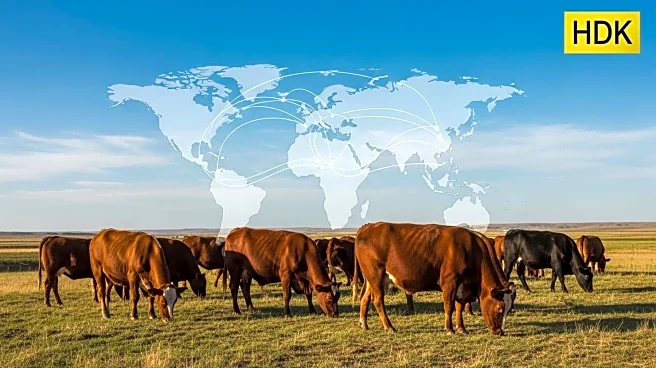What's Happening?
The Food and Agriculture Organization (FAO) has released its latest Food Price Index, indicating that global food prices remained largely unchanged in August. The index averaged 130.1 points, slightly up from July, with increases in meat, sugar, and vegetable oil prices offsetting declines in cereal and dairy prices. The FAO also provided updated forecasts for global cereal production, predicting a record high output for 2025. The report highlights significant increases in maize production in Brazil and the United States, while wheat output is expected to rise despite lower yield prospects in China.
Why It's Important?
Stable food prices are crucial for global economic stability and food security, particularly in developing countries. The FAO's report provides insights into the dynamics of international commodity markets, influencing policy decisions and trade strategies. The forecasted increase in cereal production suggests a positive outlook for food supply, potentially easing pressure on prices. However, the report also warns of rising fertilizer costs, which could impact agricultural productivity and future price trends.
What's Next?
The FAO's forecasts indicate continued monitoring of global agricultural markets, with potential adjustments based on weather conditions and geopolitical factors. Countries may need to address the affordability of fertilizers to ensure sustainable crop yields. The report's findings could influence international trade policies and negotiations, particularly in regions dependent on cereal imports.
Beyond the Headlines
The stability in food prices masks underlying challenges such as climate change impacts on agriculture and the need for sustainable farming practices. The report highlights the importance of balancing production increases with environmental considerations, as well as addressing disparities in access to agricultural resources.












